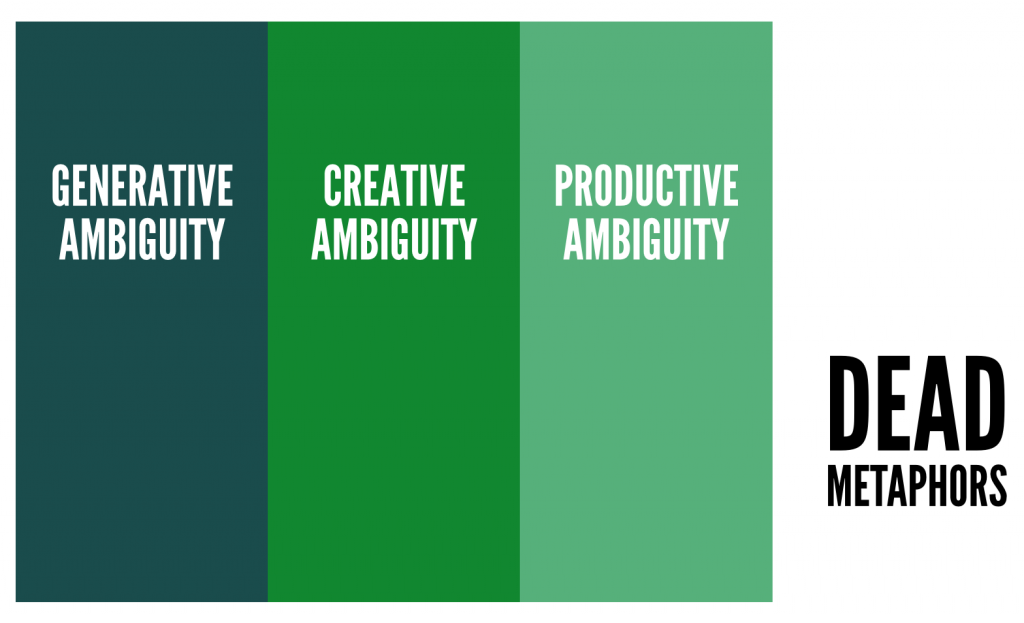There’s a couple of articles it might be worth reading to give some background to this post:
- The Internet Relies on People Working for Free (OneZero)
- The community-led renaissance of open source (Opensource.com)

As I’ve argued many times over the last few years, ambiguity is really useful… until it isn’t. As soon as a concept becomes a dead metaphor it’s in trouble. We may be witnessing this with the term ‘Open Core’:
The open-core model is a business model for the monetization of commercially-produced open-source software. Coined by Andrew Lampitt in 2008, the open-core model primarily involves offering a “core” or feature-limited version of a software product as free and open-source software, while offering “commercial” versions or add-ons as proprietary software.
Wikipedia
Let’s zoom out and define our terms, as the above definition lumps together ‘Free Software’ (actually ‘Free Libre Open Source Software’, or FLOSS) and ‘Open Source Software’ (or OSS). All OSS is FLOSS but not all FLOSS is OSS. The open source part is a necessary, but not a sufficient, condition.
Free software… [FLOSS] is computer software distributed under terms that allow users to run the software for any purpose as well as to study, change, and distribute it and any adapted versions. [FLOSS] is a matter of liberty, not price: users—individually or in cooperation with computer programmers—are free to do what they want with their copies of a free software (including profiting from them) regardless of how much is paid to obtain the program. Computer programs are deemed free if they give users (not just the developer) ultimate control over the software and, subsequently, over their devices.
Wikipedia
FLOSS is as much as a political approach as it is a technological one. It’s pretty hardcore, and represents a positive (as opposed to a negative) form of liberty:
It is useful to think of the difference between the two concepts in terms of the difference between factors that are external and factors that are internal to the agent. While theorists of negative freedom are primarily interested in the degree to which individuals or groups suffer interference from external bodies, theorists of positive freedom are more attentive to the internal factors affecting the degree to which individuals or groups act autonomously.
Stanford Encyclopedia of Philosophy
That’s a good way to think about OSS, which is more concerned with rights and licenses, and allow collaboration to happen without interference:
Open-source software (OSS) is a type of computer software in which source code is released under a license in which the copyright holder grants users the rights to study, change, and distribute the software to anyone and for any purpose. [OSS] may be developed in a collaborative public manner. [OSS] is a prominent example of open collaboration.
Wikipedia
Because OSS focuses on the negative form of liberty, the temptation can be to find loopholes in it for commercial gain. This has happened with a bunch of companies using the Open Core model.
The definition of Free Software specifically allows software to be sold by anyone, for as much as they want. Open Core attempts to limit who can make money from software — which seems to be at odds not only with Free Software, but OSS too.
The concept of open-core software has proven to be controversial, as many developers do not consider the business model to be true open-source software. Despite this, open-core models are used by many open-source software companies.
Wikipedia
I’m uneasy with the Open Core approach, but can understand the pressure to apply the business model when a company has investors.
The reason why people don’t like the Open Core approach is that it doubles-down on the negative form of liberty, turning Open Source into a dead metaphor. It’s extractive, and focused on making capitalists richer instead of the commons.